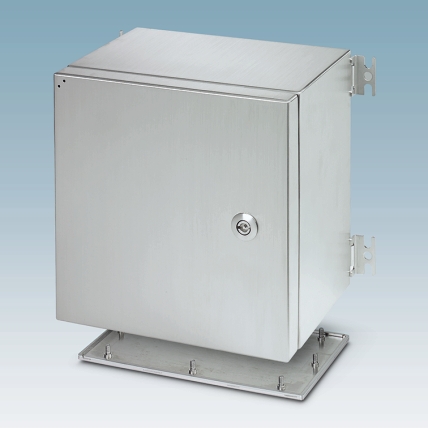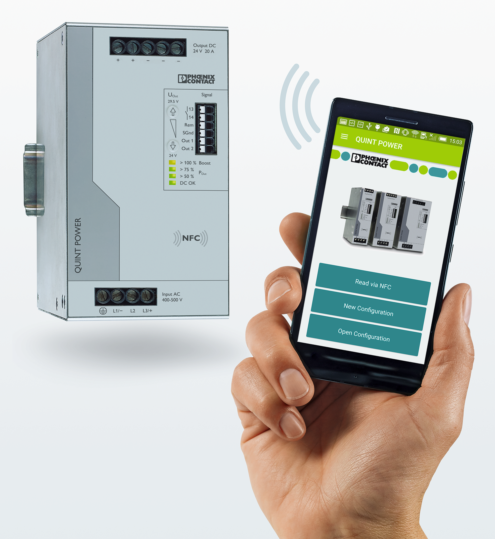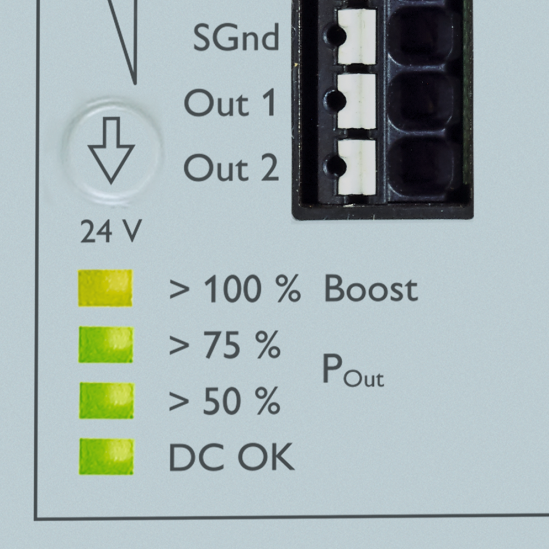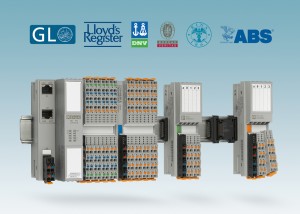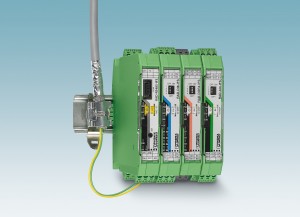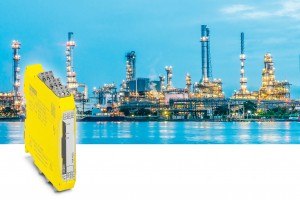Choosing the right Lightning and Surge Protection is a lifelong investment, just like purchasing a good comprehensive life insurance policy. Without proper planning and consideration, your business, your home maybe inadequately protected and most importantly your people/investments will be at risk.

In this article we shall dive in on the risk assessment, lightning and surge protection zoning and protective devices type.
A point to note: As you may know, Surge Arresters are vital when you are planning for a lightning and surge protection system. For information on when Lightning and Surge Protection is necessary, visit our previous article here.
Three points to consider when planning for Lightning and Surge Protection:
- Risk analysis with accordance with IEC 62305
The answer to the common question: “Do I need to install lightning and surge protection devices?” boils down to the result of a careful and systematic risk assessment, which is carried out after inspection of the physical structure and electrical installation.
It would start with addressing the risk of various sources of damages (e.g. a direct lightning strike in the building, transient overvoltages that are coupled into the electrical installation caused by atmospheric influences) which come into focus, as do the types of damage resulting from these incidents:
- Impact on health or loss of life
- Loss of technical services for the public
- Loss of irreplaceable objects of cultural significance
- Financial losses
The financial benefits are determined as follows:
- How does the total annual cost for a lightning protection system compare to the costs of potential damage without a protection system?
- The cost evaluation is based on the expenditures for the planning, assembly, and maintenance of the lightning protection system.
If the risk assessment determines that lightning and surge protection is required, then the type and scope of the specific measures for protection to be considered will include:
- External lightning and surge protection
- Internal lightning and surge protection
- Grounding and equipotential bonding
- Coordinated Lightning and Surge Protection Devices system
- Characterizing the lightning protection zones (LPZ)
In order to ensure the total protection of a physical structure from the effects of lightning strikes and surge voltages, various protective measures or equipment that are tailored to one another are required.
The installation locations of surge protective devices within a physical structure are determined using the lightning protection zone from part 4 of lightning protection standard IEC 62305.
It divides a physical structure into lightning protection zones (LPZ), and does so from outside to inside with decreasing lightning protection levels. In external zones only resistant equipment can be used. However, in internal zones, sensitive equipment can also be used. The individual zones are characterized and named as follows:
- LPZ 0A: Unprotected zone outside of a building where direct lightning strikes are possible. The direct coupling of lightning currents in cables and the undamped magnetic field of the lightning strike can lead to danger and damage.
- LPZ 0B: Zone outside the building that is protected from direct lightning strikes, for example, by an air terminal. The undamped magnetic field of the lightning strike and induced surge currents can cause hazards and damage.
- LPZ 1: Zone inside the building where high energy surge voltages or surge currents and strong electromagnetic fields are still to be expected.
- LPZ 2: Zone inside a building where surge voltages or surge currents and electromagnetic fields that have already been significantly weakened are to be expected.
- LPZ 3: Zone inside the building where surge voltages or surge currents are expected to be only extremely low or entirely absent and electromagnetic fields are expected to be only very weak or non-existent.

Lightning protection zone concept with coordinated SPDs at the respective zone transition points
- Lightning and Surge Protection Device types
The lightning protection zone concept provides coordinated surge protective devices for all cables that cross between zones. Their power values are based on the protection class to be achieved. As such, different SPDs are required based on the zone transition points.

The requirements for the individual SPD types are defined in the standard IEC 61643- 11 [6] for surge protective devices used in low-voltage systems. A multi-level protection concept is derived from this:

Risk assessment, in general, is a complicated and demanding process. An advisable starting point is to list out the areas that are most at risk and filter to the ones that are not.
Once you’ve listed out the potential risk areas, you can then consider the types of SPD best suited to the kind of application/equipment you’re protecting.
Food for Thought: Lightning strikes 90% of the earth. Some parts are highly prone to lightning strikes while some aren’t.
Since Southeast Asia sits comfortably near the equator, the hot and humid weather makes conditions favourable for the development of lightning producing thunderstorms. Thus, it is important to make sure you are well-protected.

Lightning strike densities across the world
Other tips for Risk Assessment
Be sure to refer to risk assessment standards IEC 62305-2. Some countries make it compulsory to use the standard when considering surge protection for large scale or highly sensitive buildings such as industrial facilities, hospitals, and data centres.
More information on Phoenix Contact’s Lightning and Surge Protection Devices can be found here.
References
- International Electrotechnical Commission. IEC 62305-1 – Lightning protection – Part 1: General principles. s.l. : VDE Verlag GmbH, 2010.
- International Electrotechnical Commission. IEC 62305-2 – Lightning protection – Part 2: Risk management. s.l. : VDE Verlag GmbH, 2010.
- International Electrotechnical Commission. IEC 62305-3 – Lightning protection – Part 3: Physical damage to structures and life hazard. s.l. : VDE Verlag GmbH, 2010.
- International Electrotechnical Commission. IEC 62305-4 – Lightning protection – Part 4: Protection against lightning. Electrical and electronic systems within structures. s.l.: VDE Verlag GmbH, 2010.
- International Electrotechnical Commission. IEC 61643-11 – Surge protective devices connected to low-voltage power systems – Requirements and test methods. s.l. : VDE Verlag GmbH, 2011.
- http://news.nationalgeographic.com/news/2013/11/131102-lightning-deaths-developing-countries-storms/




